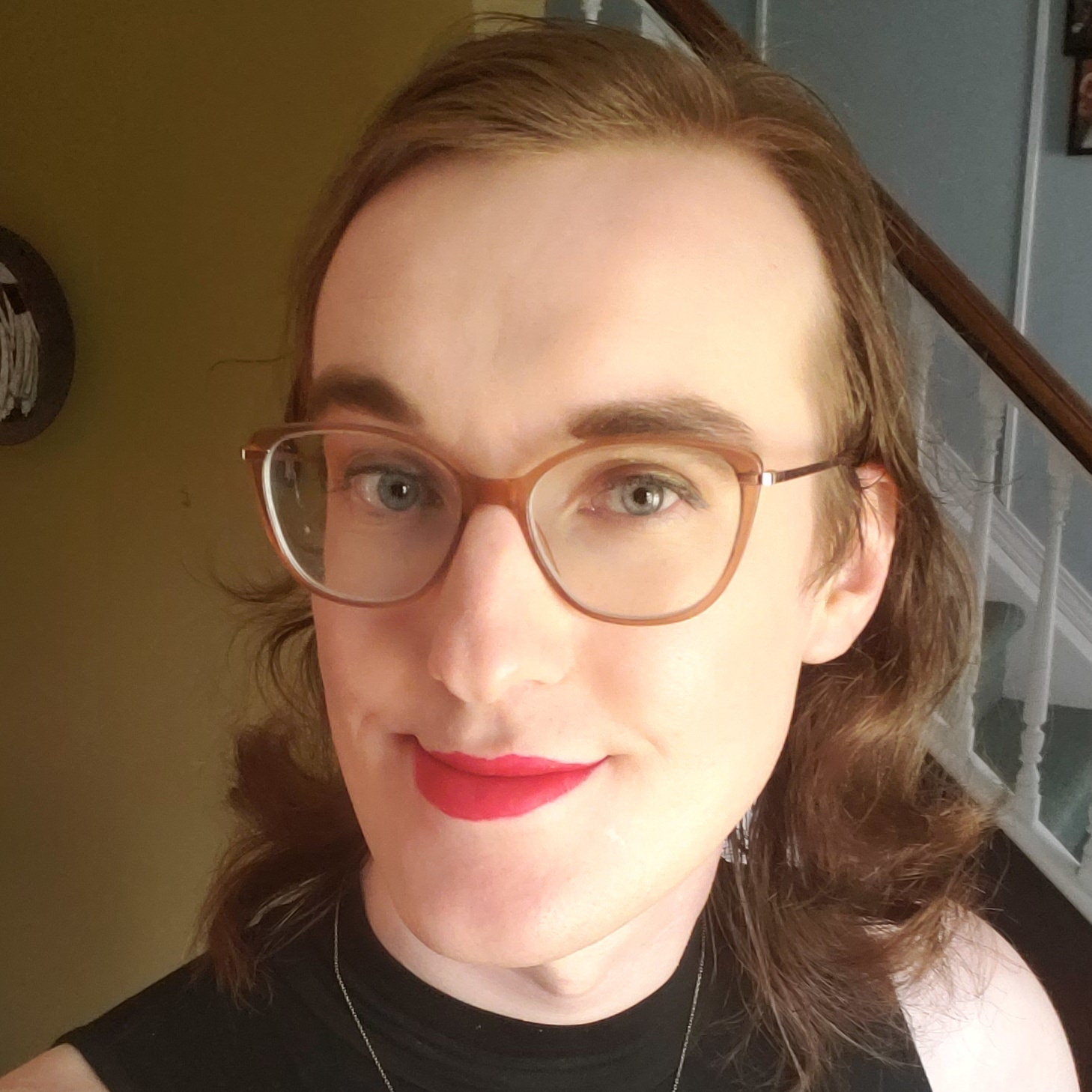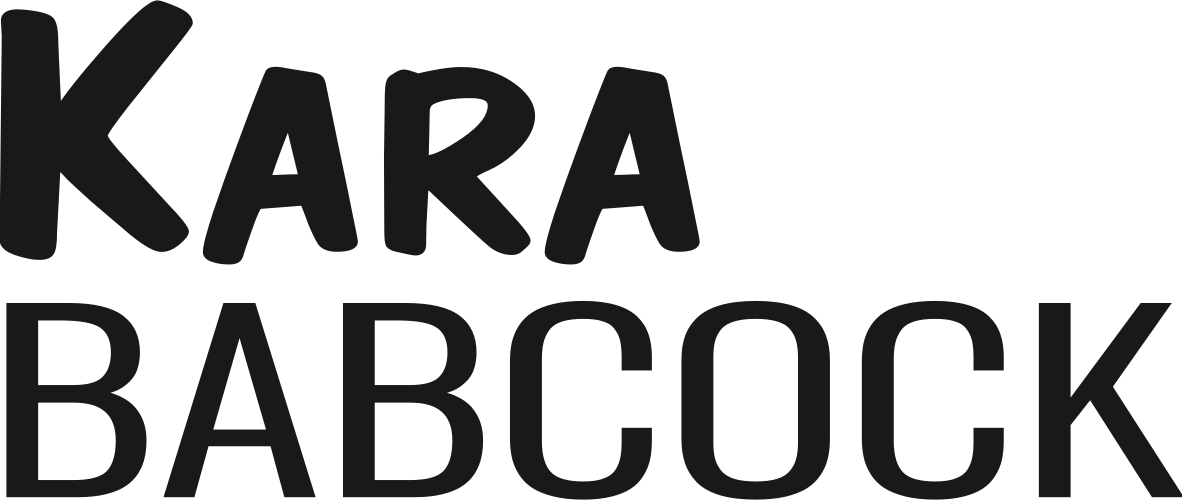When they speak
I had an excellent class this morning.
Previously I blogged about how, in this combined ENG3C/NBE3C Grade 11 English course, we looked at various texts to help students article their identity. We’ve now moved on to looking at the history of Indigenous peoples in Canada. We have watched three documentaries (Trick or Treaty?, Kanehsatake: 270 Years of Resistance, and We Were Children), and the students are working on research reports on topics of their choosing.
Today we listened to the Canadaland Commons episode on residential schools and the Truth and Reconciliation Commission’s report. After watching We Were Children the day before, I wanted to give students more information and access to more perspectives. Desmond Cole and Andray Domise play excellent hosts to Ryan McMahon and Chelsea Vowel, who are both so passionate. While we listened, I modelled for my students that kind of note-taking I expect them to try when they are researching for their own projects.
After we listened to the podcast, I opened the floor for discussion. It was a slow going at first, and even at its peak, I’d say that three or four students dominated the discussion, with one or two jumping in maybe once (there were about 12 people there today). But the calibre of the arguments and contributions these participants made was just so good!
Some students didn’t appreciate the somewhat humorous tone of the podcast. (McMahon addresses this in the podcast and why he uses humour.) Others were cynical about whether this would come to anything, even after something as unprecedented as the TRC report—they didn’t believe government would act. Although I’m sympathetic to this view, I countered with two propositions: firstly, we’ve seen some movement on things like an inquiry into missing and murdered indigenous women; secondly, if they’re right and government won’t act, then doesn’t that mean we have a responsibility to do something from grassroots?
We’ve had some “good” class discussions in the past, discussions where I probably had to guide thinking and conversation flow more than I would like, talked more than I would like, but ultimately saw rewarding contributions from students. Today was different—today the students were driving the discussion. We went on to discuss how manifestations of racism have changed from their parents’ time to our time, and the difficulties and discomfort we experience when attempting to use language around racial identities.
I tried hard to emphasize that discomfort is an important, necessary part of this process—that we should embrace it, accept that we will make mistakes, and that we will be embarrassed. I grounded this in my situation, as a white person teaching Indigenous adults: I have a ton of privilege and a lived experience different from theirs, and I am still learning about these things and still screwing up. On the very first day of class, I raised this subject and mentioned that my goal with this course is to help them find their voice. In the process of doing this, I don’t care what opinions they express—that is, whether they agree or disagree with opinions I happen to express—as long as they speak up. I didn’t expect them to believe me on the first day, but slowly, they are starting to come around. Even today, one of the students retorted, “Yeah, but you’re the teacher,” when I reminded them they could challenge me or disagree with me—that power imbalance is still there. But I’m trying hard to ameliorate it.
That first discussion wasn’t actually the best part, though. After break, the class dispersed to work on their individual research projects. About four students remained in the classroom when one of them started talking to me about an interview he had heard. The subject of the interview was advocating for scrapping the Indian Act, and this student was explaining why he thought that was a good idea. I could see another student in the room—one who can be vocal whenever she chooses but had been pretty quiet earlier in the morning—paying attention, and she seemed like she had something to say. So instead of responding directly to the first student, I simply nodded my head and murmured, “Hmm,” in my most non-committal tone. Then, sure enough, the second student jumped in with her contrary view. And a third student spoke up. Suddenly, all four students were debating the advantages and disadvantages that having Status gave them, and whether it would be worth giving that up.
Meanwhile, I sat there, saying nothing, just smiling and thinking, This is teaching.
That is, teaching isn’t standing in front of a board while students take notes. It’s the teacher stepping back so that students can enter into the fray of intellectual thought and inquiry on their own recognizance. And it takes so much work, on the part of both teachers and students, to get to that point—especially with adult learners who have experienced so much in the way of educational setback previously.
Then days like this happen, and it’s so worth it.

